#Matthäus Merian
Explore tagged Tumblr posts
Text

A Jester's Tale (1964)
#a jester's tale#bláznova kronika#cinema#film#films#czech#czechoslovakia#thirty years war#czech republic#europe#european#history#karel zeman#matthäus merian#castle#castles#central europe
15 notes
·
View notes
Text

Matthäus Merian, Grüningen (1654)
via here
9 notes
·
View notes
Text
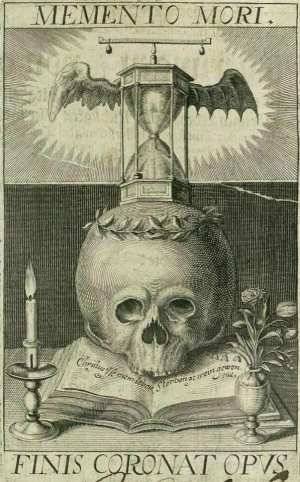
Matthäus Merian - Memento mori (Finis coronat opus), 1649.
17 notes
·
View notes
Text
Durchgeknallt und abgebrannt - Feuerwerkskünste aus 5 Jahrhunderten: Berlin bis 09.02.2025
Feuerwerk ist eine Kunst des Augenblicks, von der nichts bleibt als schöne Erinnerung und sehr viel Müll. Seit Jahrhunderten ist sie die brutalste und teuerste Kunstform überhaupt. Heute wissen wir: Die Verschwendung und der ökologische Wahnsinn, die hinter dem schönen Moment stehen, sind nicht zukunftsfähig. Doch was wissen wir über die Entwicklung der Feuerwerkskünste, ihre Hochburgen, ihre…
#Berlin#Claude Lorrain#Durchgeknallt und abgebrannt#Fest#Feuerbäume#Feuerwerk#Feuerwerkskunst#Krieg#Kulturforum#Kunstfeuerwerkerei#Matthäus Merian#Pyromanie#Raketen#Schwärmer#Silvester#Sonnen
0 notes
Text
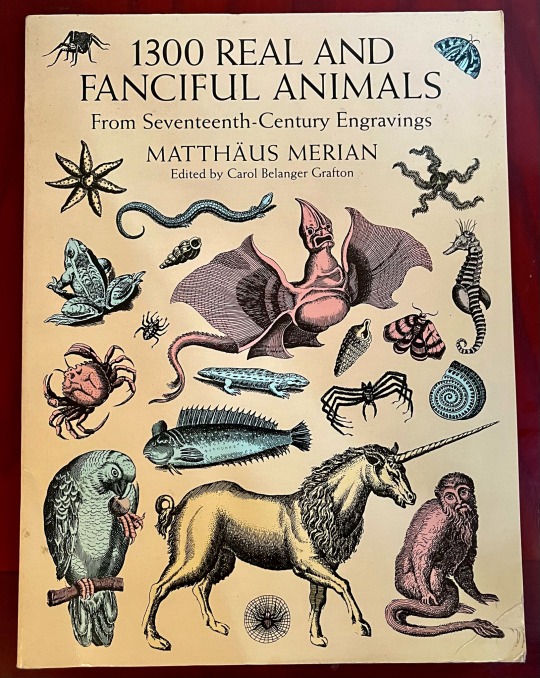
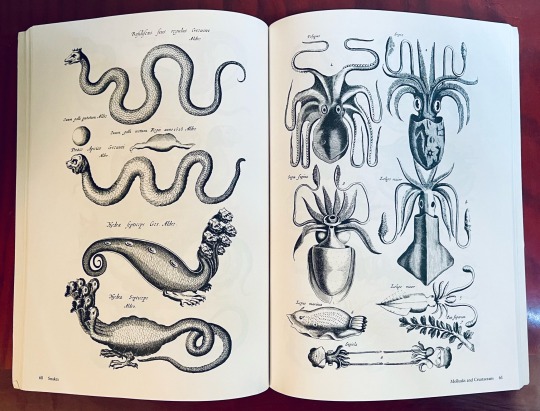
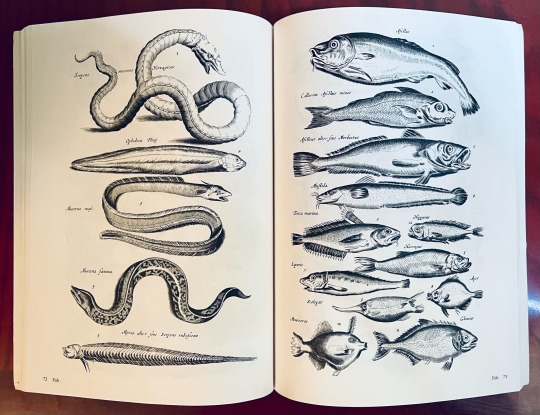
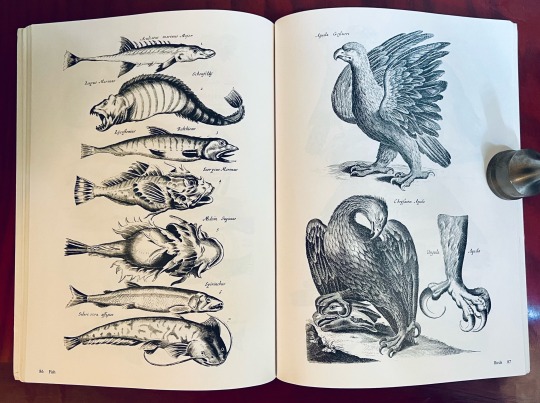
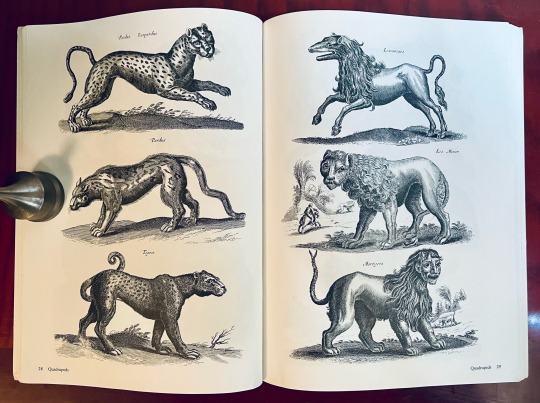
Book 491
1300 Real and Fanciful Animals: From Seventeenth-Century Engravers
Matthäus Merian
Dover Publications 1998
Another excellent Dover book. Matthäus Merian the Younger (1621-1687), a painter, published this fascinating collection of 1,300 engravings of animals and legendary beasts, Theatrum universale omnium Animalium, in Frankfurt in 1653. The thing I like best about this collection is its organization. There are six sections—quadrupeds, snakes, mollusks and crustaceans, fish, birds, and insects—but absolutely no attempt to differentiate between real and fictional beasts. Gryphons appear with warthogs, manticores are with the lions, hydras are right next to squids, and so on. Whether that’s because he didn’t know they were mythological or didn’t care, I have no idea, but it’s neat.
#bookshelf#library#personal collection#personal library#books#bibliophile#book lover#illustrated book#booklr#natural history#engravings#1300 Real and Fanciful Animals#Matthäus Merian#dover books
5 notes
·
View notes
Text

🇩🇪 The skyline of Düsseldorf in an engraving by Matthäus Merian the Elder. It was first published in Merian's "Topographia Germaniae" - Vol. 8: Topographia Westphaliae, in 1647.
#Matthäus Merian the Elder#Düsseldorf#Duesseldorf#NRW#Germany#Deutschland#Fascinating Europe#Europa#Europe#Architectural Revival#heritage#engraving#art#Rhein#See The Rhine#artwork#vintage#old views#Rhine#cityscape#architecture#skyline#Nordrhein-Westfalen#history#17th century#1600s#Merian
7 notes
·
View notes
Link
Matthäus Merian der Ältere was a Swiss-born engraver who worked in Frankfurt, Germany for most of his career, where he also ran a publishing house. He was a mem...
Link: Matthäus Merian the Elder
0 notes
Text
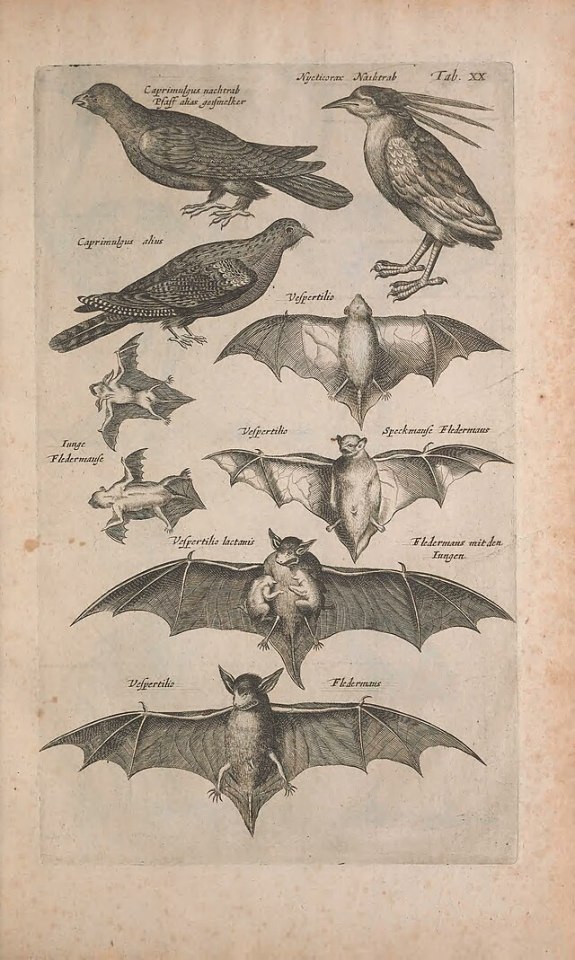
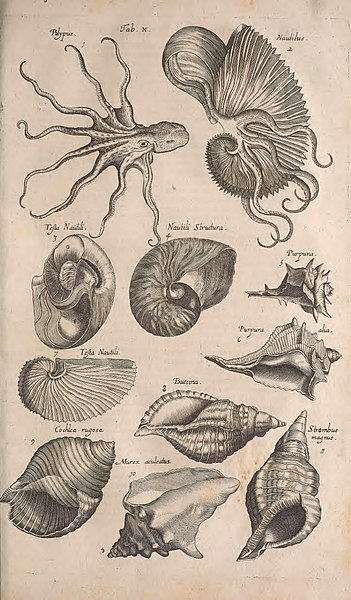
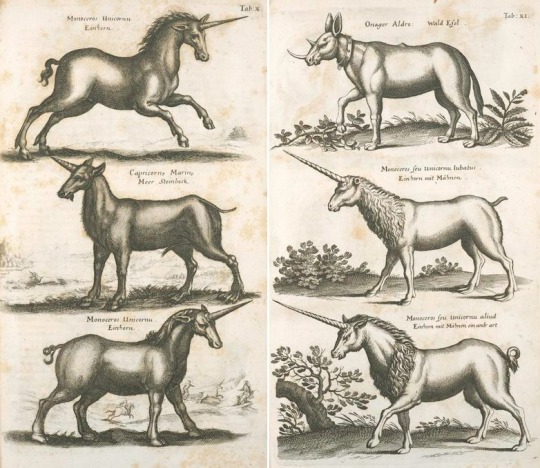
So in writing the history of identification/taxonomy chapter for The Everyday Naturalist, I spent a lot of time poring over scans and reprints of very old western European natural history books. This included a lot of medieval bestiaries, which were usually illuminated manuscripts with the colorful, stylized artwork so common from that era. It wasn't until the European Renaissance that you started seeing more of an emphasis on realistic artwork, and by the time you get to the transitional period between the late Renaissance and the Enlightenment engravings based on original drawings were very common for illustrating books on animals and plants.
A lot of the images passed around as "antique scientific illustrations" stem from the mid-17th century Historiae Naturalis written by John Jonston and illustrated by Matthäus Merian the Elder. By this point in history numerous European nations were sending ships around the globe to bring back resources, which included a significant number of natural history specimens. The sheer variety and biodiversity represented by these gave naturalists in these countries an overwhelming amount of fodder for study, classification, and publication.
However, there was still the perennial problem that not everyone writing or illustrating these seemingly exotic species could access them in person. Medieval bestiaries, and their predecessor the Physiologus, tended to mix natural history with religious allegory, and often the writers had never actually seen the species they were describing. Since they had to go on secondhand (or thirdhand, or fifteenthhand) information, things sometimes got lost in translation like a big game of Telephone. And the situation was still the same by the time Jonston and Merian were working on the Historiae Naturalis.
Which is why that venerable attempt to catalog as many of the animals in the known world as possible includes, amid pages of real animals like molluscs, deer, and bats (categorized with the birds!), you also had descriptions and engravings of six different unicorn species. Jonston did remark that he was going entirely on the word of others and cited his sources wherever he could, but it seems as though most of them were treating the unicorn as a separate beast from the rhinoceros or antelopes. (You can find a scan of the entire Historiae Naturalis de Quadrupedibus here, if you want to read for yourself.)
This is probably the last major natural history work in which unicorns and other mythical animals would be presented as equally real as flesh-and-blood animals; once the Enlightenment got into full swing, the sciences sought empirical evidence, and hearsay was generally no longer considered good enough for publication. So there's something a little charming about this text that bridges the gap between the ancient bestiaries with their blurring of fact and fiction, and the modern emphasis on chasing down the truth behind the myths.
#natural history#Historiae Naturalis#scientific illustration#antique illustration#vintage illustration#bestiaries#science#unicorns#animals#wildlife#nature#Renaissance#medieval art#medieval history#bestiary#history#art history#antique animals
90 notes
·
View notes
Text

The Gulon [16th century Nordic folktales]
In the 16th century, Olaus Magnus wrote a large book on the Nordic countries, detailing its people and customs as well as the strange animals that dwelt there. Though his work became very influential and was widely copied, it contained descriptions of strange animals that were likely the product of people’s imagination.
Among them is the gulon, a strange mammal with a face that resembles both a cat and a dog. These animals supposedly dwell in deep layers of snow during the winter, and they are prized among hunters for their valuable fur. They eat carrion, and it isn’t mentioned whether they attack living animals as well. But what really makes them stand out is their peculiar and disgusting method of feeding:
The gulon is an insatiable glutton. It eats and keeps eating until it physically can’t shove another bite into its overfilled stomach, which is swollen and stretched like a drum at this point. Still gluttonous for more, the gulon then sets out to find a pair of trees that stand close to each other, so that the animal would only barely fit between them. It will then attempt to force its body between the two trees, pushing the contents of its bloated stomach backwards until it forcefully leaves its body. This process is helpfully illustrated by Matthäus Merian the Elder. When this is done, its stomach is empty again and the creature resumes feeding.
When attempting to kill these animals (for the fur), hunters would wait until the gulon is squishing itself between two trees as it can easily be killed with an arrow during this process. Another method is to strangle the creature with wire while it is feeding on a carcass. One should never attempt to catch a gulon with hunting dogs, as these creatures have razor-sharp claws and fangs that scare off even the most experienced hounds.
In reality, these mythical creatures most likely originated from sightings and old wives’ tales about wolverines.
Source: Magnus, O., 1555, Historia de Gentibus Septentrionalibus, Rome, page 607. (image source: 1300 Real and Fanciful Animals from Seventeenth-Century Engravings, by Matthäus Merius the Elder)
63 notes
·
View notes
Text

Matthäus Merian, The Basel Dance of Death: The Bishop (1616)
"Your dignity has been turned, Lord Bishop, wise and well-learned; I will draw you into the dance, You cannot flee from Death."
"I have been highly esteemed, While I lived in my bishop's office. Now the shapeless draw me in, To their dance like an ape."
3 notes
·
View notes
Text
Matthaus Merian (1593-1650) - Bratislava

Matthäus Merian der Ältere (or "Matthew", "the Elder", or "Sr."; 22 September 1593 ��� 19 June 1650) was a Swiss-born engraver who worked in Frankfurt, Germany
2 notes
·
View notes
Text
Birthdays 9.22
Beer Birthdays
Lord Chesterfield; English statesman (1694)
Alfred Vinzenz Werthmueller (1835)
George Kennth Hotson Younger (1931)
Carlos Sanchez (1958)
Dave McLean (1969)
Five Favorite Birthdays
Bilbo Baggins; Hobbit character
Frodo Baggins; Lord of the Rings character
Michael Faraday; English scientist (1791)
Joan Jett; rock singer, guitarist (1958)
Tatiana Maslany; Canadian actor (1985)
Famous Birthdays
King Sunny Ade; Nigerian reggae singer (1946)
Scott Baio; actor (1960)
Eric Baker; English activist, co-founded Amnesty Int’l (1920)
Toni Basil; pop singer (1943)
Elizabeth Bear; author and poet (1971)
Shari Belafonte; actor (1954)
Maurice Blanchot; French philosopher (1907)
Andrea Bocelli; Italian singer-songwriter (1958)
Debby Boone; pop singer (1956)
Barthold Heinrich Brockes; German poet (1680)
Harold Carmichael; Philadelphia Eagles WR (1949)
Nick Cave; rock musician (1957)
Neil Cavuto; journalist and author (1958)
Ellen Church; 1st airline stewardess (1904)
Dave Coverdale; rock singer (1951)
Quintin Craufurd; Scottish author (1743)
Babette Deutsch; poet (1895)
Ashley Eckstein; actress (1981)
Will Elder; illustrator (1921)
György Faludy; Hungarian poet & author (1910)
Tom Felton; English actor (1987)
Grigory Frid; Russian pianist & composer (1915)
Philipp Nicodemus Frischlin; German mathematician, astronomer & poet (1547)
Theodore Hook; English composer (1788)
John Houseman; actor (1902)
Bonnie Hunt; actor (1964)
Ruth Jones; Welsh actress (1966)
Anna Karina; actor (1940)
Brian Keene; novelist (1967)
Charles Keeping; English author & illustrator (1924)
Allan "Rocky" Lane; voice of "Mr. Ed" (1909)
Tommy Lasorda; Los Angeles Dodgers coach (1927)
Paul Le Mat; actor (1945)
Katie Lowes; actress (1982)
Matthäus Merian; Swiss-German engraver & cartographer (1593)
Ian Mortimer; English historian & novelist (1967)
Paul Muni; actor (1895)
Catherine Oxenburg; actor (1961)
Peter Simon Pallas; German zoologist & botanist (1741)
Rupert Penry-Jones; English actor (1970)
Sue Perkins; English comedian, actress (1969)
Saul Perlmutter; astrophysicist, astronomer (1959)
Rosamunde Pilcher; English author (1924)
Billie Piper; English singer, actor (1982)
Arthur Pryor; trombonist, composer (1870)
Paolo Ruffini; Italian mathematician & philosopher (1765)
Martha Scott; actor (1914)
Elizabeth Simcoe; English-Canadian painter & author (1762)
Bill Smith; clarinet player & composer (1926)
Theodore Clement Steele; artist (1847)
Michael Torke; composer (1961)
Ken Vandermark; saxophonist & composer (1964)
Charles Waterhouse; painter (1924)
Fay Weldon; English writer (1931)
Billy West; actor (1892)
Ray Wetzel; trumpet player & composer (1924)
1 note
·
View note
Text
In truth, the Rhine is so lovely that the world cannot show the like. On one hand and on the other are such stately towns, and so many castles, and so much beauty that a man can hardly dare to describe what he sees. Towns and castles are all crowded closely together and the towers are adorned with lofty crosses and gilded weather-vanes.
Pero Tafur (c. 1410 – c. 1484)
from Sir E. Denison Ross and Eileen Power, Pero Tafur: Travels and Adventures (1435-1439), translated and edited with an introduction by Malcolm Letts (Harper & Brothers 1926)
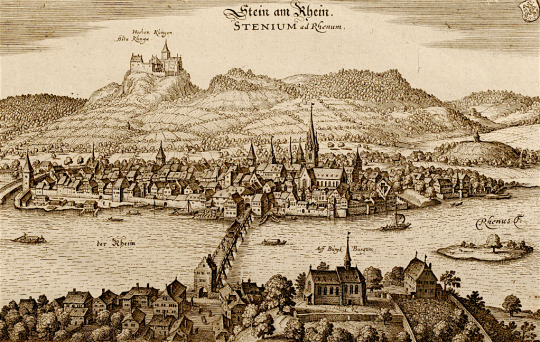
Matthäus Merian, Stein am Rhein (c. 1645)
see here (text) and here (image)
12 notes
·
View notes
Text

God on His Throne, engraving by Matthäus Merian the Elder, circa 1625-1630.
You will arise and have compassion on Zion for it is time to show favor to her; the appointed time has come.
- Psalm 102:13
This arising, this standing up, means the sweetest and most gracious becoming human on the part of God, for here He has come to us so that He may lift us up to Himself.
- Martin Luther, Lectures on the Psalms
What time? But when the fullness of time had come, God sent forth His Son, made of a woman, made under the Law [Gal 4:4]. And where is Zion? To redeem them that were under the Law [Gal 4:5a]. First, then, were the Jews; for thence were the Apostles, thence those more than five hundred brethren [1 Cor 15:6], thence that later multitude, who had but one heart and one soul toward God.
- Saint Augustine, Expositions on Psalm 102 (§14)
Lord, You live in the hearts of Your saints, and so have built up Zion. May You always show Your greatness through their good works. Amen.
- English Psalm-Prayer given at the end of Psalm 102 in the Catholic Liturgy of the Hours
#Christianity#Catholicism#Lutheranism#Book of Psalms#Martin Luther#Incarnation#theosis#Saint Augustine#Ecclesia#Letter to the Galatians#1 Corinthians#Lamb of God#Book of Revelation#heaven#angel#Liturgy of the Hours#prayers
15 notes
·
View notes
Text

È PIÙ SACRO VEDERE CHE CREDERE - LO SPLENDORE È UN CERCHIO PERFETTO
Basta appena curvare la torbida linearità della storia per trovare nel cerchio perfetto della perenne verità lo splendore.
Nell'immagine, "Sexta Figura", una delle incisioni realizzate da Matthäus Merian per il ciclo iconografico alchemico associato ai versi del "De Lapide Philosophico Libellus" di Lambsprinck. Il testo, pubblicato per la prima volta nel 1599, divenne famoso soprattutto nel corso del XVII secolo, quando fu incluso nel "Musaeum Hermeticum Reformatum et Amplificatum" (1625 e 1678).
Testo di Pier Paolo Di Mino.
Ricerca iconografica a cura di Veronica Leffe.
Potete trovare questa nota archiviata su:
2 notes
·
View notes
Text
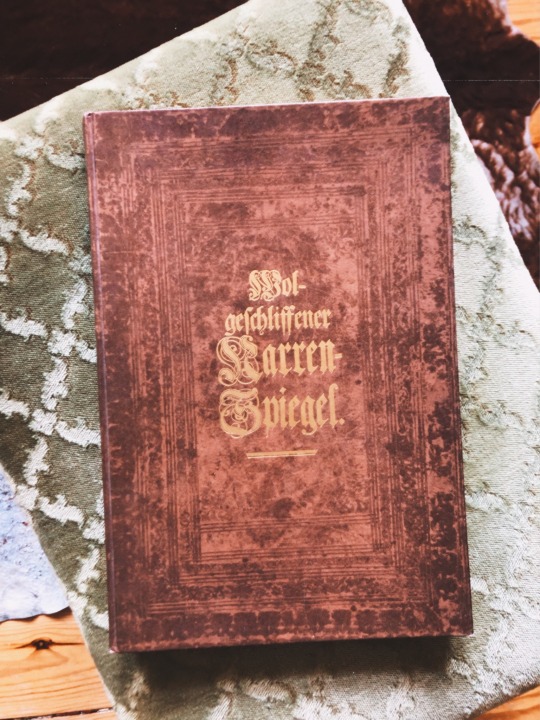

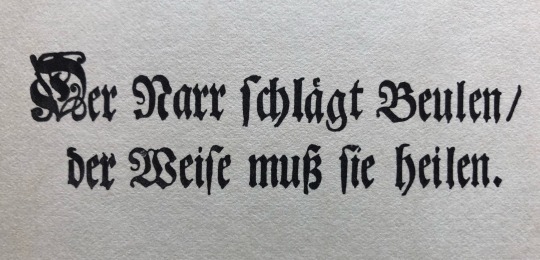
115 copper engravings accompanying the verses of Kaspar Merian (1627 - 1686), son of Matthäus Merian the Elder and lived as a copper engraver in Frankfurt am Main. Sebastian Brand's "Ship of Fools" from 1494 served as a model for this work. Wahrmund Jocoserius signed as editor, the publisher is said to have been Peter Conrad Monath and the book was printed in excellent quality in Nuremberg. The original is owned by the Herzog August Library in Wolfenbüttel and measures 20.5 x 32 cm. This edition is a facsimile from 1981.
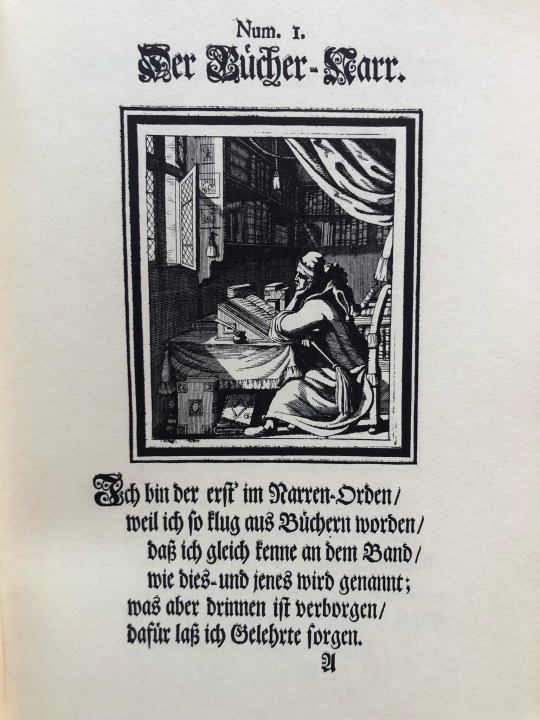




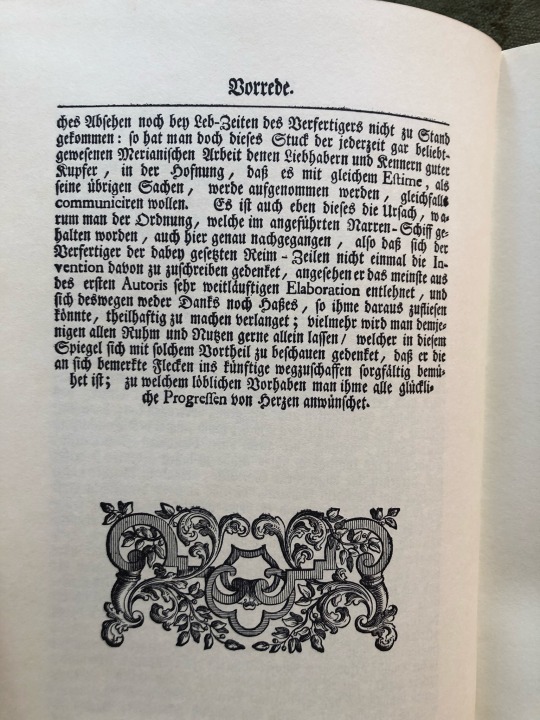
#book art#literature about fools#the fool and the wise#wisdom of fools#Narrenweisheiten#faksimile#literature#medieval art#15th century#copper engraving#Kaspar Merian#Ship of Fools#Narrenspiegel#verses and rhymes#book cover#old books#Buchschmuck#art of books#fools#medieval wisdom#literature of medieval ages#German cultural heritage#medieval heritage#bookworm
4 notes
·
View notes